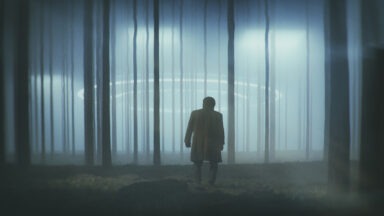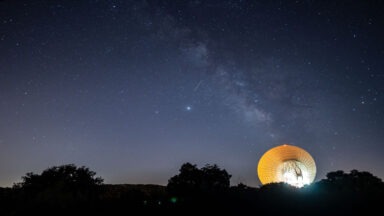Missing 411

Special thanks to Jim Malliard, paranormal researcher and radio host for his views and contributions to this article.
Since 1752, thousands of visitors to National Parks and Forests in the Western U.S. and Canada have disappeared. Sometimes they return, and sometimes they don’t. What makes these disappearances strange is the fact that once they happen, mum’s the word. Beyond the standard 7-10 day investigation window and period of grief for those affected by the disappearances, no one talks about it.
Strange weather patterns erupt after someone goes missing as if the earth is covering up the trail. K9s can’t even pick up a scent with their highly trained noses. Park rangers and service staff are reluctant to speak up. Is it part of their code of conduct, or are they too afraid to say what they’re really thinking?
Who Is Disappearing?
Those who vanish without a trace tend to be highly intellectual types, while others have been children. Take for example Alois Krost, a 62-year-old German physics professor, a highly skilled mountaineer who vanished in Lake Arrowhead. Then there’s Jaryd Leto, a tiny 3-year-old who went missing from a trail in Northern Colorado. His shoes later turned up – laces tied and all. But Jaryd didn’t know how to tie his shoes when he went missing. Based on some theories, those who want these people maybe tapping their brains for information.
Disappearance Theories
So what’s happening in the woods? Are there strange beings lurking in caves waiting to snatch explorers? Alternate portals of reality in plain sight, just waiting for people to pass through?
David Paulides, the author of the series Missing 411, is determined to find answers to these unsolved disappearances.
He recently appeared on Beyond Belief with George Noory, an original program available exclusively on Gaiam TV, where he presented firsthand accounts of the investigative journalism he’s been working on to determine the source of these vanishings.
Noory probes Paulides for possible answers to these vanishings by keeping an open mind about who, or what could be taking these citizens out of mainstream society. He throws out ideas like U.S soldiers conducting secret studies, reptilians, ultraterrestrials, alien connections, European folklore and myths like fairies and little people, gods who are fulfilling their destiny, and even Bigfoot.
So many speculations, but no answers.
Searching for Answers
And the more Paulides digs into the data, the stranger it gets.
Those abducted appear to be either first or last in line when traipsing through the parks and forests. The vanishings are unusual – they don’t fit the norm. No scent trail, no footprints, no evidence of animal attacks. Those who are found alive appear to have some type of disability; they could exhibit signs of dementia or muteness, making it harder for them to share their story of disappearing, yet also giving them a better chance of making it through and back to civilization.
Professional trackers are hired to survey the land where people have gone missing. These include Navajo Indians who are native to the land and know it well, military-trained personnel, K9s, and other experts who are trained to find what others might miss.
Keep an open mind as you watch Missing 411 on Beyond Belief with George Noory. There may be more than one answer to these mysterious vanishings. And Gaiam TV is willing to ask the tough questions.
Updated 9/1/20 by Gaia Staff
Video Shows Second Purported Bigfoot Sighting in Utah This Year

True to form, the video is shaky and brief, showing a tall dark figure lumbering up a mountain side. But given the weather conditions, altitude, and the figure’s stride, Tanner Hargis’ recent video of an alleged Bigfoot is bizarre and one of the more convincing ones we’ve seen lately.
A few weeks ago, Hargis and friends were using a portable spotting scope to observe areas around Lone Peak in the Wasatch mountain range just outside of Provo, UT, when they noticed the figure slogging up the mountain.
Pointing a video camera through the lens of his scope, he captured the entity on film and quickly submitted it to the Rocky Mountain Sasquatch Organization, a website that gathers extensive videos and photographic evidence of Bigfoot sightings, as well as research conducted by their own team.
“I think I have captured a video of a Sasquatch 03/23/19. At around 10:30 AM. Up on Wasatch Range. Near Lone Peak. It was high up to where I don’t think any man will hike up it. I think it’s something to check into,” Hargis said.




































